1. The Mosuo People of China
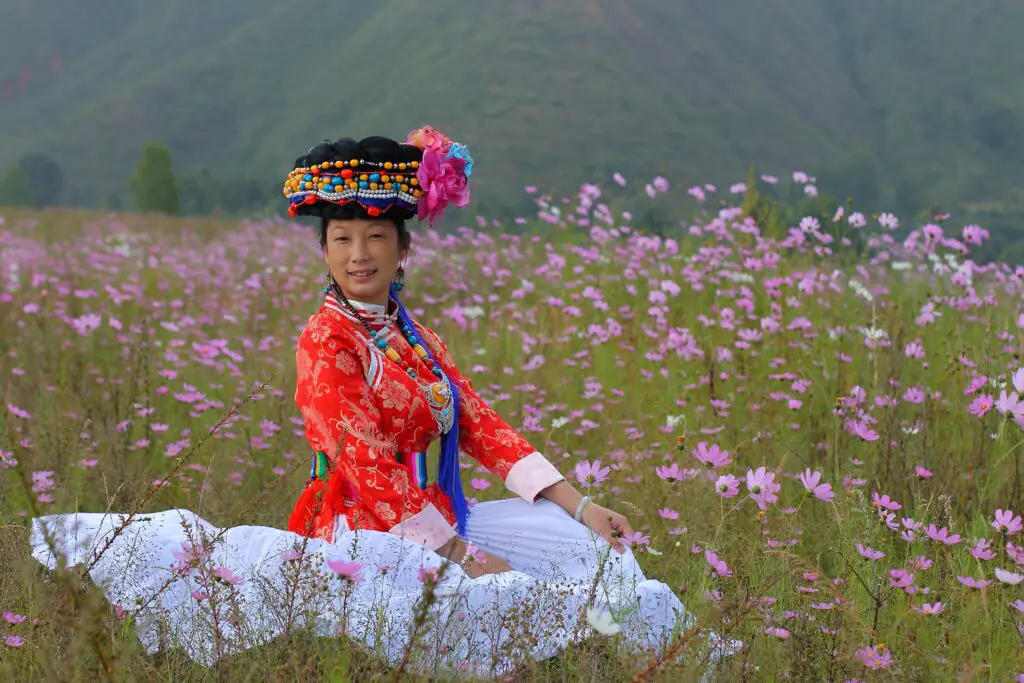
The Mosuo, often referred to as the “Kingdom of Women,” live near the Lugu Lake in southwestern China. In their society, women are the central figures of the family, controlling property and making key decisions. Mosuo women often maintain relationships with men through “walking marriages,” where couples do not live together, and the woman keeps her own home. Children are raised by their mothers, and family lineage is traced through the maternal side shares the Guardian.
This matriarchal system is not just about family structure; it also reflects in their leadership and social roles. Women head households and are responsible for managing finances and important familial traditions. The community places a significant value on women’s autonomy and their roles as decision-makers. This unique cultural framework challenges conventional ideas of marriage and family, offering an inspiring example of a society where women lead with confidence adds BBC.
2. The Iroquois Confederacy
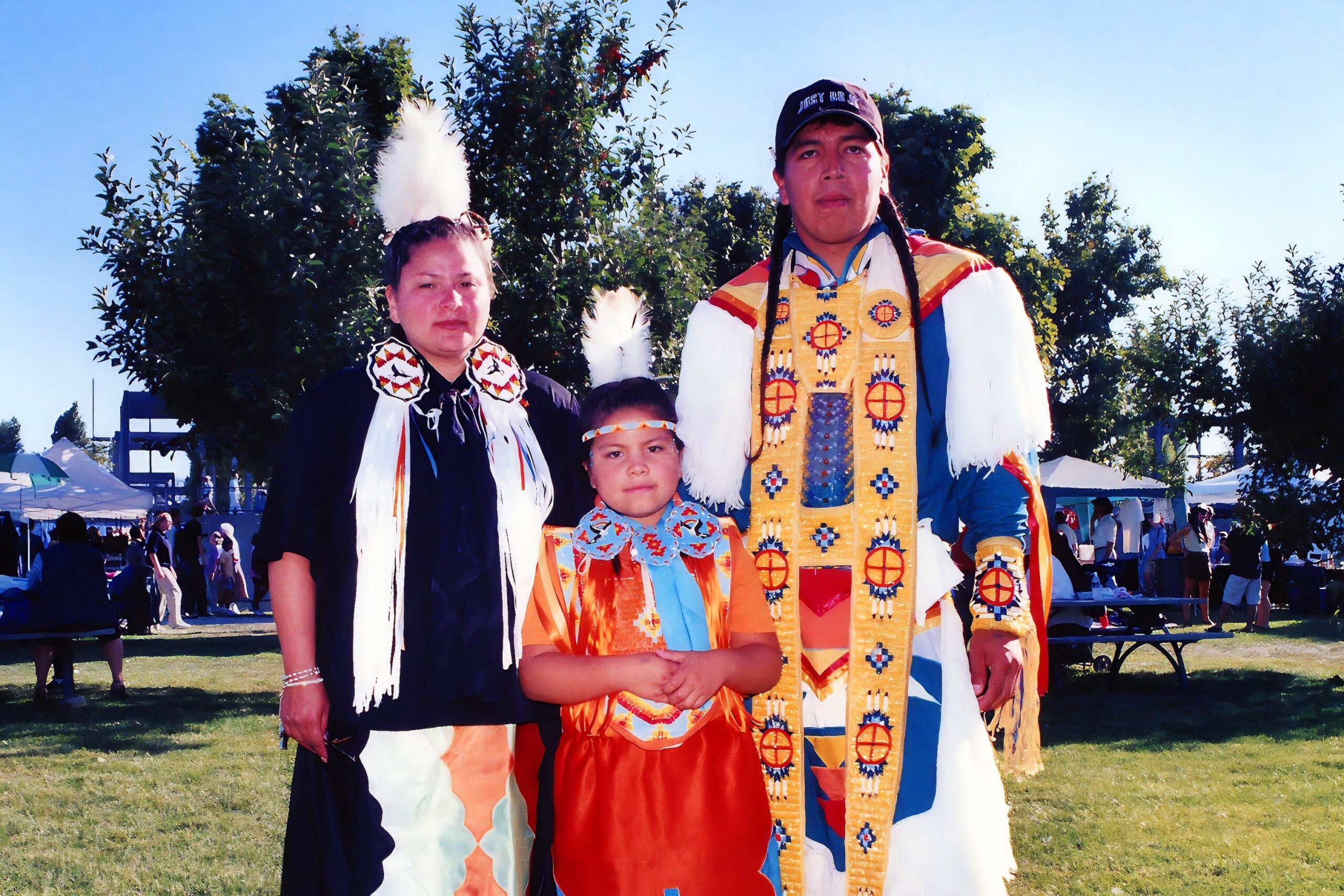
The Iroquois Confederacy, a powerful group of Native American tribes, includes the Haudenosaunee (or Six Nations), where women have a crucial leadership role. Clan mothers, who are senior women in each family group, hold the power to choose and remove male leaders, such as chiefs and warriors. Their decision-making ensures that the community stays in harmony with its values, particularly around the welfare of children and the protection of the environment says Wikipedia.
In this society, women are deeply respected for their wisdom and experience, often guiding major political decisions. Their authority is not just symbolic; it is embedded in the very structure of the Confederacy. The Iroquois belief system acknowledges the importance of the Earth as a mother and stresses the power of women as life-givers. This governance structure has been a model of leadership that continues to inspire many communities today shares Britannica.
3. The Khasi Tribe of India
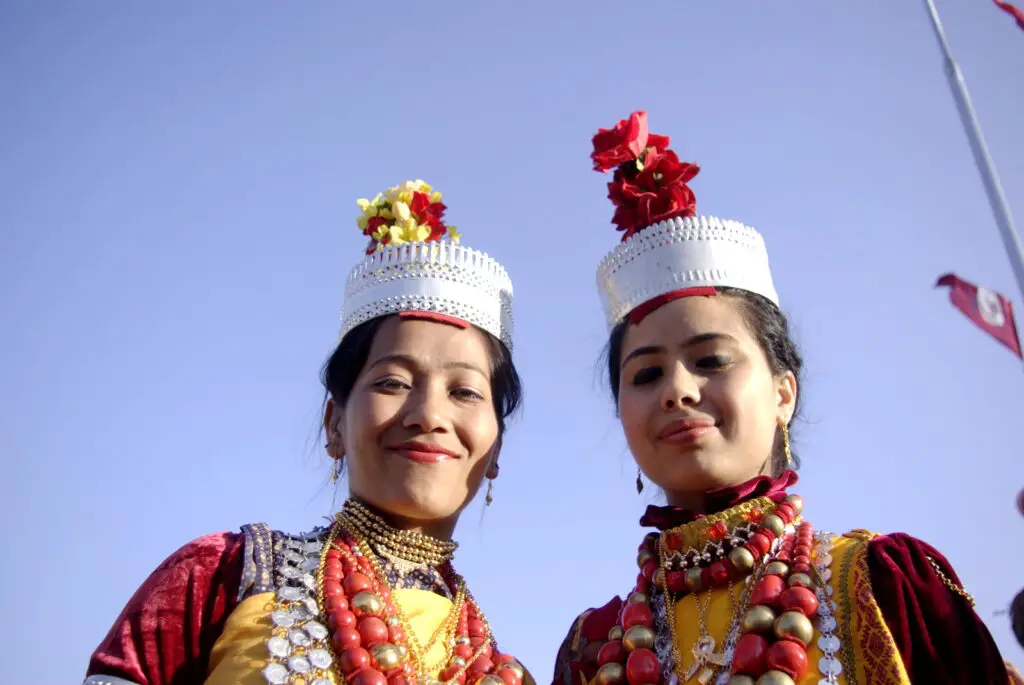
The Khasi tribe, located in the northeastern region of India, operates under a matrilineal system, where lineage is passed through the mother. This system is so influential that women inherit property, and the youngest daughter typically receives the family wealth. In many Khasi households, women lead daily activities and decisions, making them the core of both economic and social life.
Matrilineal leadership isn’t limited to just inheritance; women also hold leadership positions in the community. While men may have their roles, it’s women who typically govern village councils and uphold cultural traditions. The Khasi’s reverence for women as the foundation of society promotes gender equality, giving them a place of prominence in a traditionally patriarchal world. It’s an empowering culture that highlights the value of women in shaping the tribe’s future.
4. The Akan People of Ghana

The Akan people of Ghana have a fascinating system of leadership known as “matrilineality,” where power and inheritance are passed down through the mother’s line. This structure allows women to hold significant political authority, with female leaders known as “Ohemaa” overseeing the local kingdoms. The Ohemaa not only has control over important decisions but also represents the people’s welfare and community interests.
Akan society also honors women in their role as spiritual leaders, with female priestesses holding power in religious practices. Their influence is not only felt in daily life but also in the sacred and political arenas. The position of Ohemaa emphasizes the balance between power, respect, and spiritual significance for women in Akan society. In this structure, women are seen as the pillars that maintain both cultural continuity and societal stability.
5. The Tuareg of the Sahara
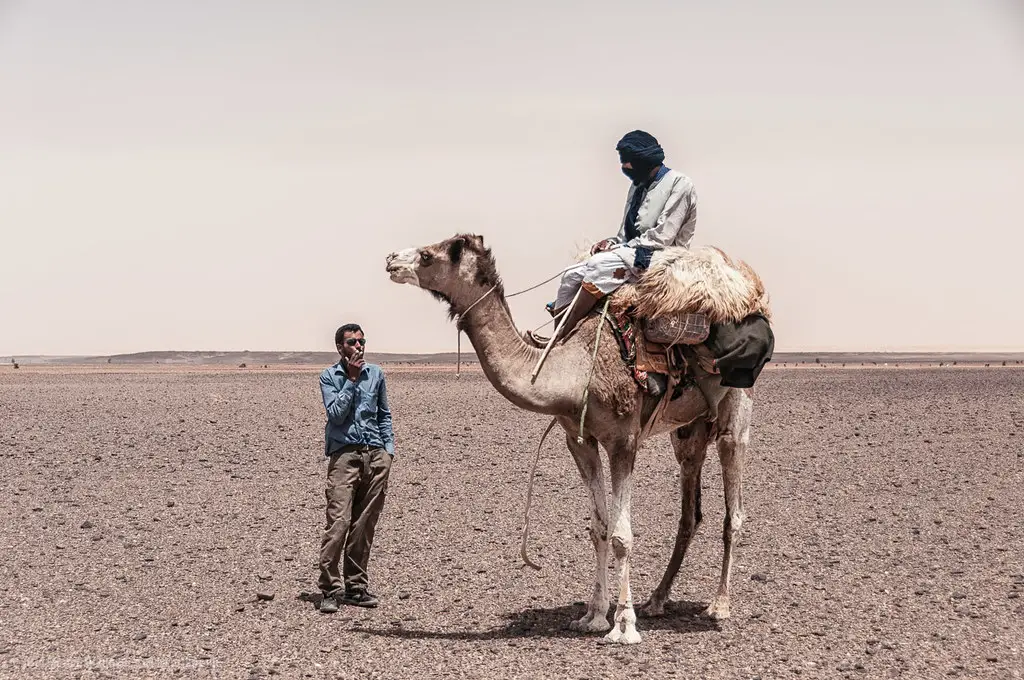
In the vast Sahara Desert, the Tuareg people, a nomadic Berber group, have long followed a matrilineal system. Women in Tuareg society are central to the social fabric, holding key responsibilities in both domestic and public life. They control the household’s finances and property, and women’s leadership is also seen in their role as keepers of traditional knowledge. Tuareg women are known for their independence and strength, managing family affairs while the men are often away herding or trading.
Women also have significant influence in Tuareg politics, especially through the role of female elders. These women guide younger generations on matters of governance and law, using their wisdom to maintain peace and order. The society’s respect for women is reflected in the high status of mothers and matriarchs. This respect for women’s authority runs deep, and their role extends far beyond the domestic sphere, giving them a commanding presence in both their family and community.
6. The Minangkabau of Indonesia
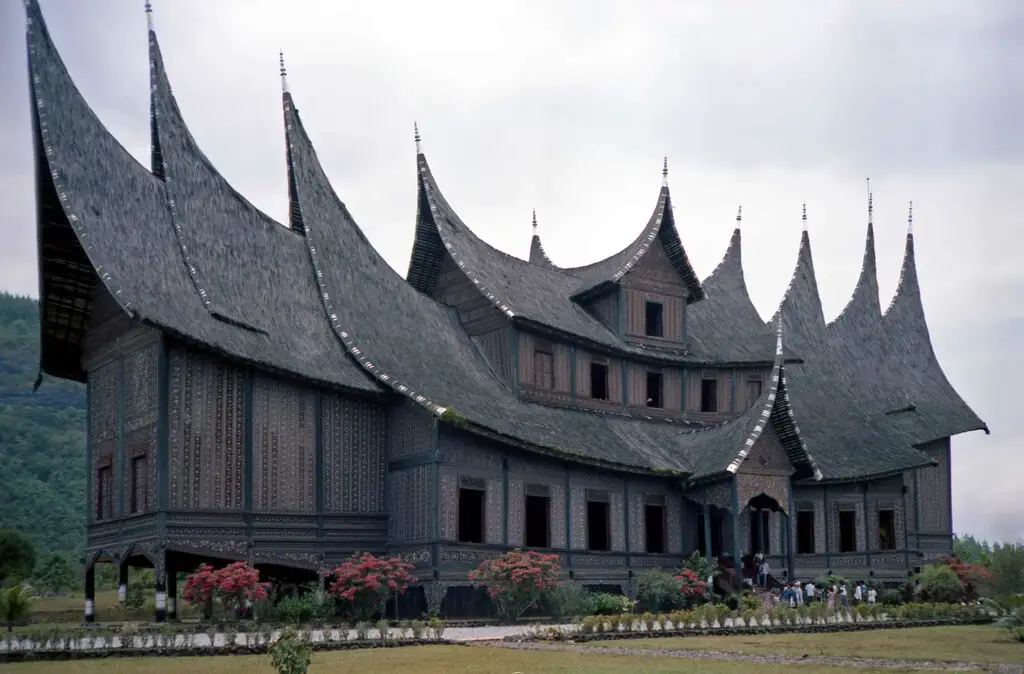
The Minangkabau people of Indonesia live in the world’s largest matrilineal society. Here, women are the cultural and social leaders, with property and inheritance passed down through the female line. The eldest daughter typically inherits the family home and takes on the responsibility of managing the family estate. This practice allows women to exercise great influence over both economic and family affairs.
In addition to economic control, Minangkabau women are key decision-makers in village councils, where they participate in discussions about important communal issues. Their role in keeping the community’s traditions alive is crucial, as they pass down religious, social, and cultural knowledge. The respect afforded to women in Minangkabau society is woven into the very fabric of their daily lives, creating a structure where women are seen as both the caretakers and leaders of the society.
7. The Bribri Tribe of Costa Rica
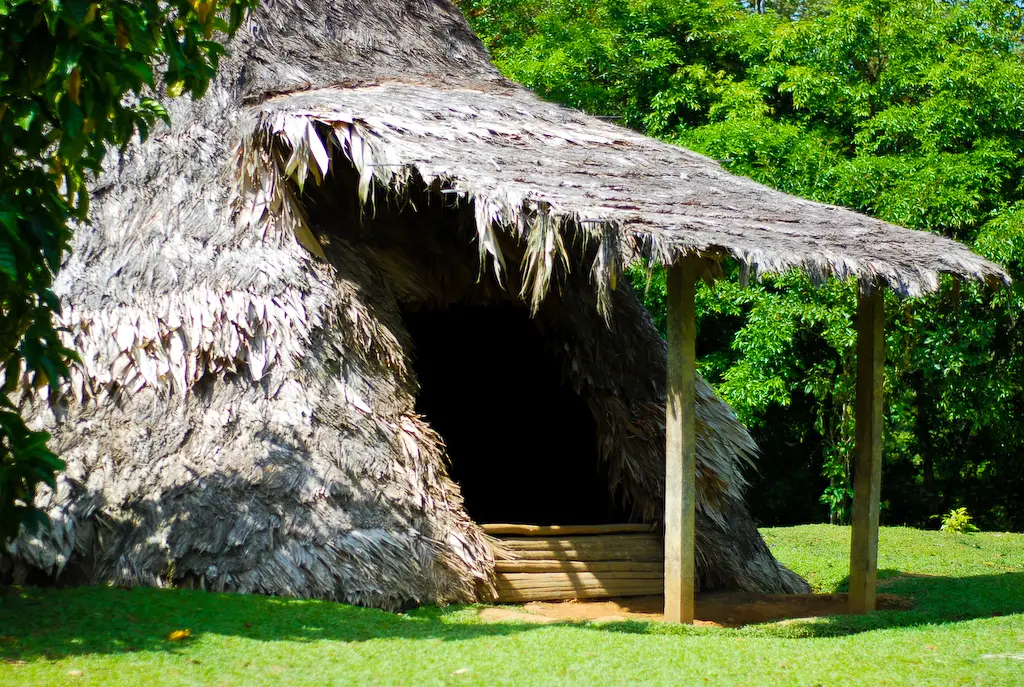
The Bribri, an indigenous group from Costa Rica and Panama, follow a matrilineal culture where women are the core of both the family and the tribe. In Bribri society, women inherit land, property, and wealth, and are responsible for cultivating and harvesting crops. This places women in a dominant economic position, allowing them to make critical decisions regarding food and resource distribution.
Women’s leadership extends beyond the household to their spiritual role in the community. Bribri women are the primary spiritual leaders, holding ceremonies that connect their people to the land and ancestors. Their wisdom is respected, and their spiritual duties elevate their status within the tribe. This strong connection to both the physical and spiritual realms showcases the integral role that women play in maintaining harmony within the Bribri culture.
8. The Himba People of Namibia
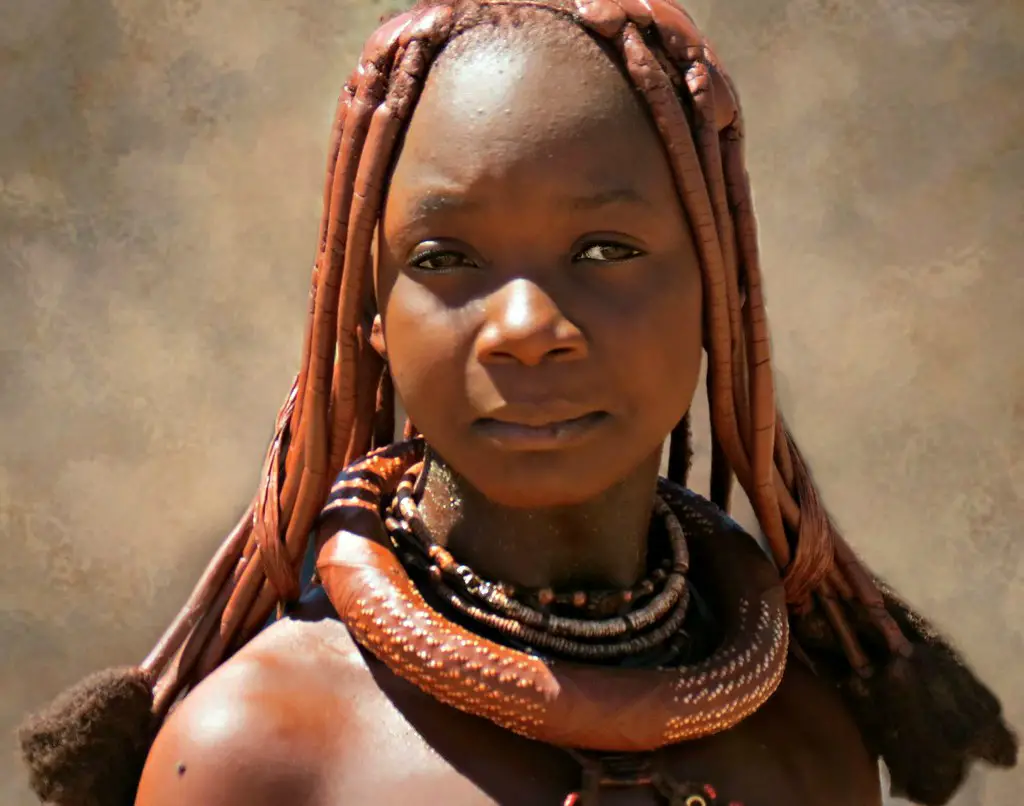
The Himba people, an indigenous group from Namibia, follow a matrilineal social structure where women hold significant sway in both family and cultural matters. In Himba society, women are the primary caretakers of the family’s livestock and resources. This responsibility gives them a sense of control over the family’s wealth and sustenance, positioning them as critical economic leaders within the community.
Beyond their economic roles, Himba women are the custodians of tradition and culture. They are the ones who pass down important customs, including the care of children and the community’s ceremonial practices. Women’s leadership is also reflected in the social structure, where their authority and decisions are respected by the entire tribe. Their strength and resilience are celebrated, and their role is seen as foundational to the survival and success of their people.
9. The Beti People of Central Africa
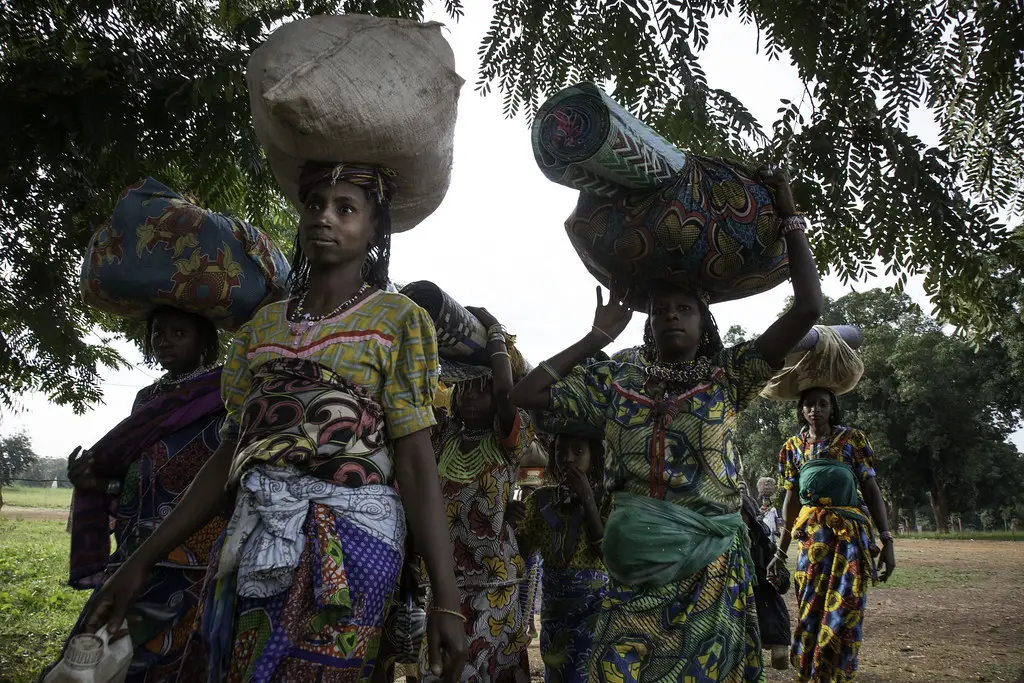
The Beti people of Central Africa have a cultural tradition where women play a pivotal role in governance and leadership. The Beti value the matrilineal system, where property and leadership are passed down through the female line. Female elders are particularly influential, providing wisdom and guidance on political and community matters.
Women in Beti society are also tasked with mediating conflicts, often resolving disputes and promoting unity within the tribe. Their role as peacemakers reflects the deep respect for female leadership. This sense of balance and justice makes the Beti community one where women’s voices carry weight in shaping the tribe’s future. The prominence of women within this society highlights the power they hold as leaders and decision-makers.
10. The Moso People of Nepal
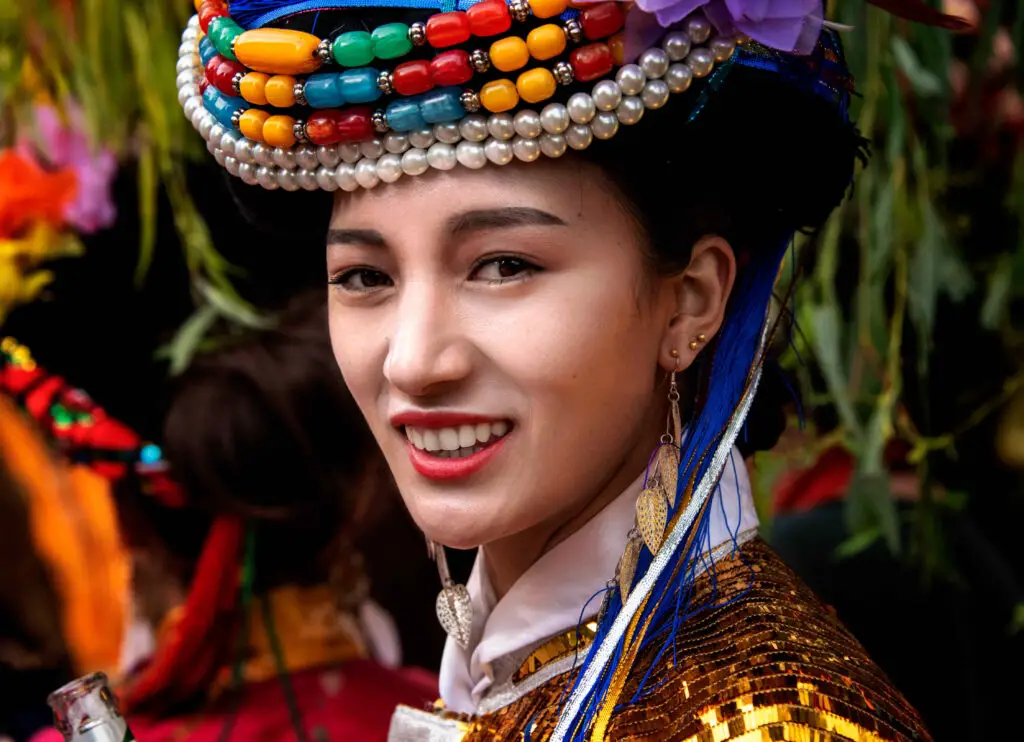
In the highlands of Nepal, the Moso people follow a unique matrilineal system where women are the core of the family structure. The youngest daughter inherits the family’s property, and it is her responsibility to care for the elders and maintain the family’s traditions. This system ensures that women not only inherit wealth but also control the family’s affairs.
Moso women often hold powerful roles within their community, particularly when it comes to local governance. They are involved in decisions that affect the tribe’s future and have a significant say in matters related to land and resources. Women’s leadership extends to social and cultural events, where their influence is felt through the ceremonial roles they hold. Their presence in every aspect of life is a testament to the strength of women as leaders in Moso society.
11. The Berber People of Morocco
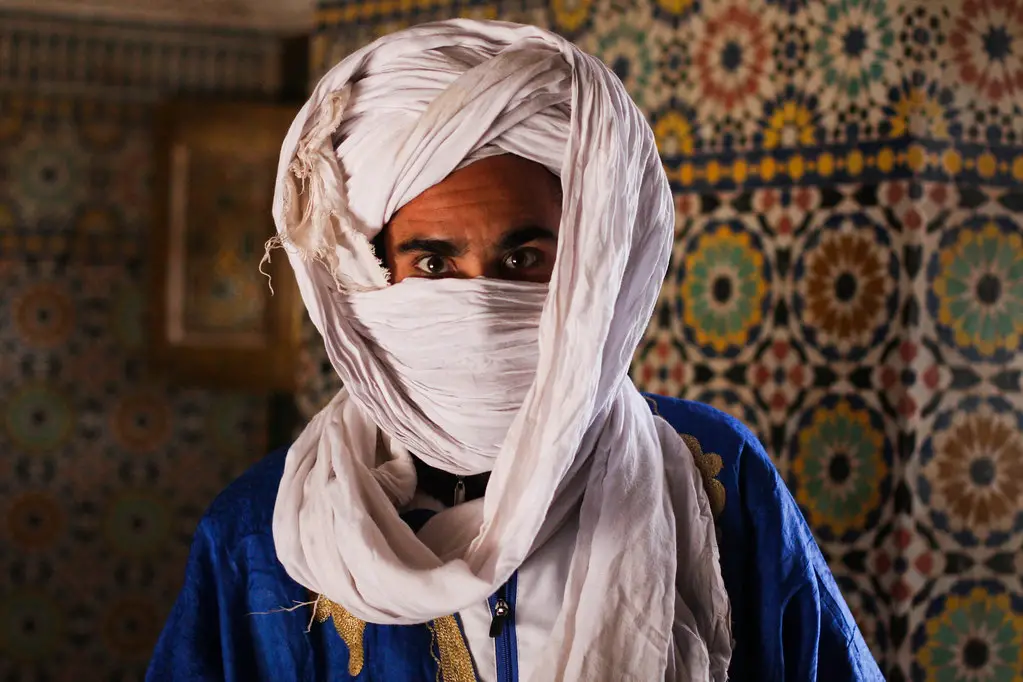
In Morocco, the Berber people have a long history of matrilineal traditions, where women have always had an important role in shaping society. Women control the household’s wealth, and many Berber women are known for their involvement in trade and commerce. Their ability to manage family affairs, alongside their business acumen, grants them a prominent position in their communities.
Mothers and grandmothers are particularly revered, often holding significant power over family decisions and the upbringing of children. In Berber society, women also have the right to express political views and participate in decision-making processes. Their role as keepers of tradition and guardians of heritage emphasizes the importance of women’s leadership in preserving cultural identity and ensuring community continuity.
12. The Naxi People of China
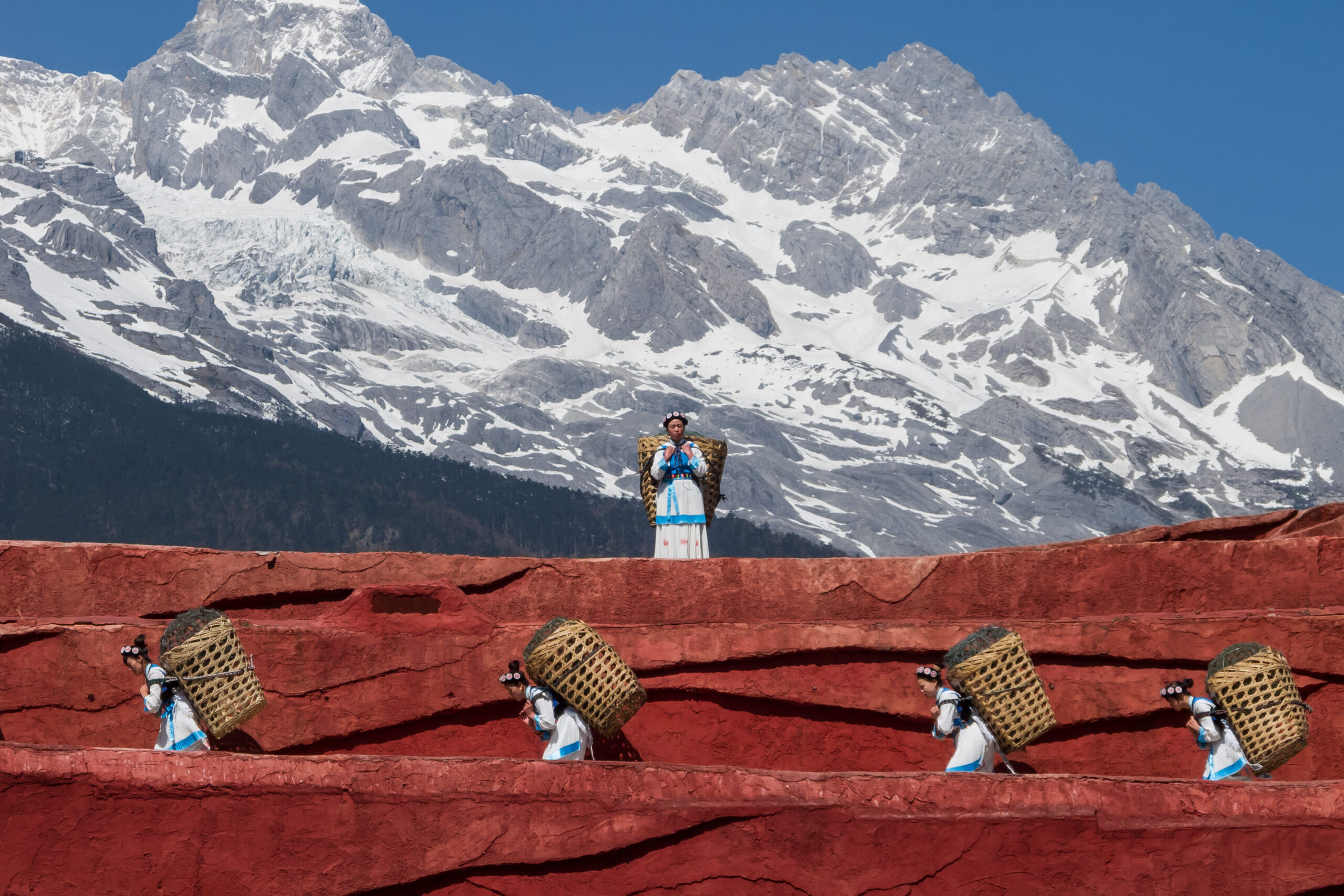
The Naxi people of China have a matrilineal society where women play the central role in both familial and cultural life. Property and family wealth are passed through the mother’s side, and women hold key responsibilities in raising children and managing household affairs. The Naxi also have a unique written script, known as Naxi Dongba, which was historically passed down through women, particularly in the spiritual and educational spheres.
Women in Naxi society also hold positions of power in local governance, with some women serving as leaders in their communities. They are deeply involved in the preservation of cultural traditions, including music, art, and spiritual practices. Their role in maintaining the tribe’s heritage is not only respected but also seen as vital to the Naxi’s continued identity and success. In this society, women’s leadership goes beyond domestic spheres, making them integral to both cultural and political life.
